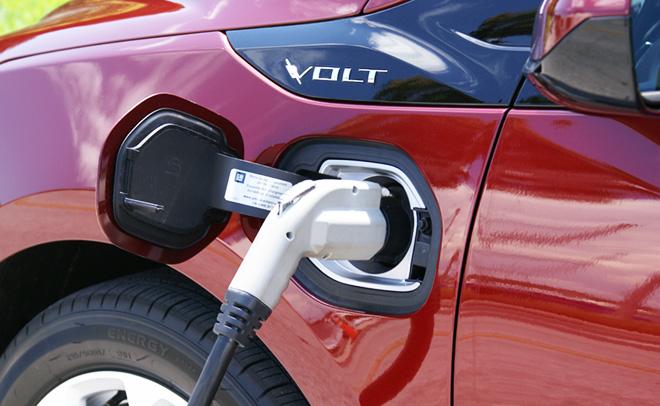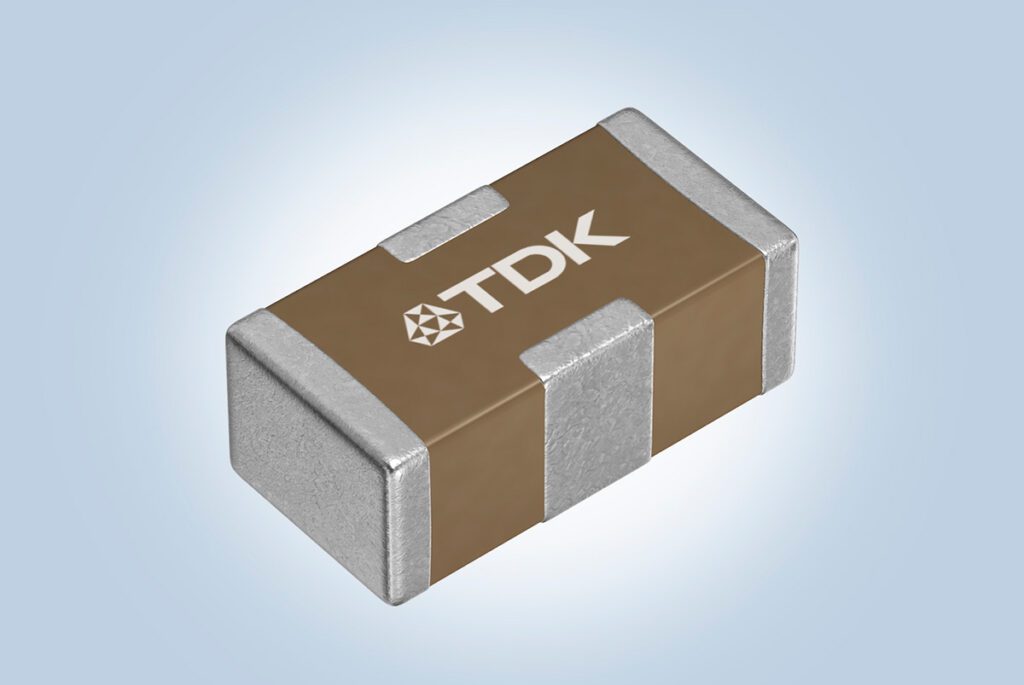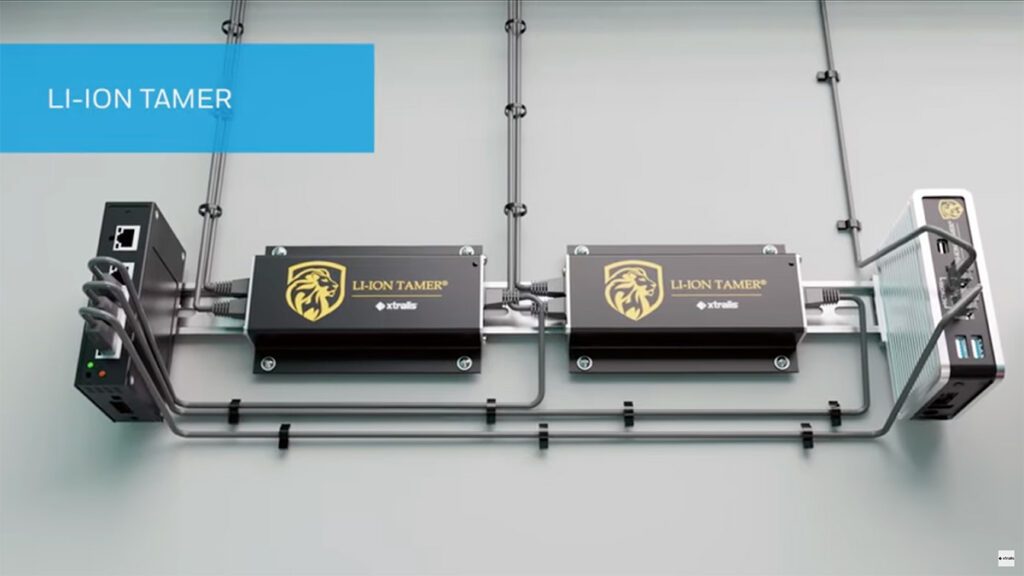Automakers and policymakers around the world are preparing for the transition to EVs. Toyota, Volvo, VW, BMW, Mercedes and other brands are setting ambitious sales goals and investing substantial sums. Norway, the Netherlands, France, the UK and China are talking about phasing out sales of legacy ICE vehicles.
There’s just one key group of stakeholders who are yet to be convinced: car buyers. According to a new study from UC Davis, a total of 780,000 plug-in vehicles (PEVs) have been sold in the US, representing just 0.3% of the 243 million cars on the road. Plug-ins accounted for only 1.1% of US vehicle sales in 2017, and are on track to make up less than 5% of sales even in California.
“There are no paths to meet the PEV commitments and promises being made by automakers and politicians unless consumers are engaged in the transition to electric drive,” write report authors Ken Kurani and Scott Hardman. “Evidence from California says consumers are not. The excitement among policymakers, automakers, and advocates…is utterly lost on the vast majority of the car-buying public, even in California.”
UC Davis researchers conducted 5 surveys from June 2014 to June 2017 to assess Californian car-owning households’ awareness of PEVs. They found that the percentage of households who had considered buying a PEV was no higher in 2017 than it was in 2014.
As for the explosive growth of public charging, most Californians haven’t noticed. Between 2014 and 2017, the number of non-residential PEV chargers in California more than doubled, to over 11,500. However, the change from 2014 to 2017 in the number of people who reported seeing chargers at parking facilities was statistically insignificant.
What about all the new plug-in models that came on the market between 2014 and 2017? In 2017, fewer Californians were able to name a single EV than had been able to in 2014. Awareness of incentives and understanding of the differences among hybrids, PHEVs and EVs also did not change.
“Californians are not deciding they don’t want PEVs,” the researchers conclude. “Rather, they remain to a great extent unaware of PEVs and anything about them.”
So, what’s to be done? Kurani and Hardman recommend social marketing to promote the need for EVs; traditional marketing by automakers, utilities and charging infrastructure suppliers; more ride-and-drive events; and more PEVs in shared mobility and vehicle rental applications. They also call for auto dealer education and motivation programs, and (of course) ongoing studies.
Source: UC Davis




















































































